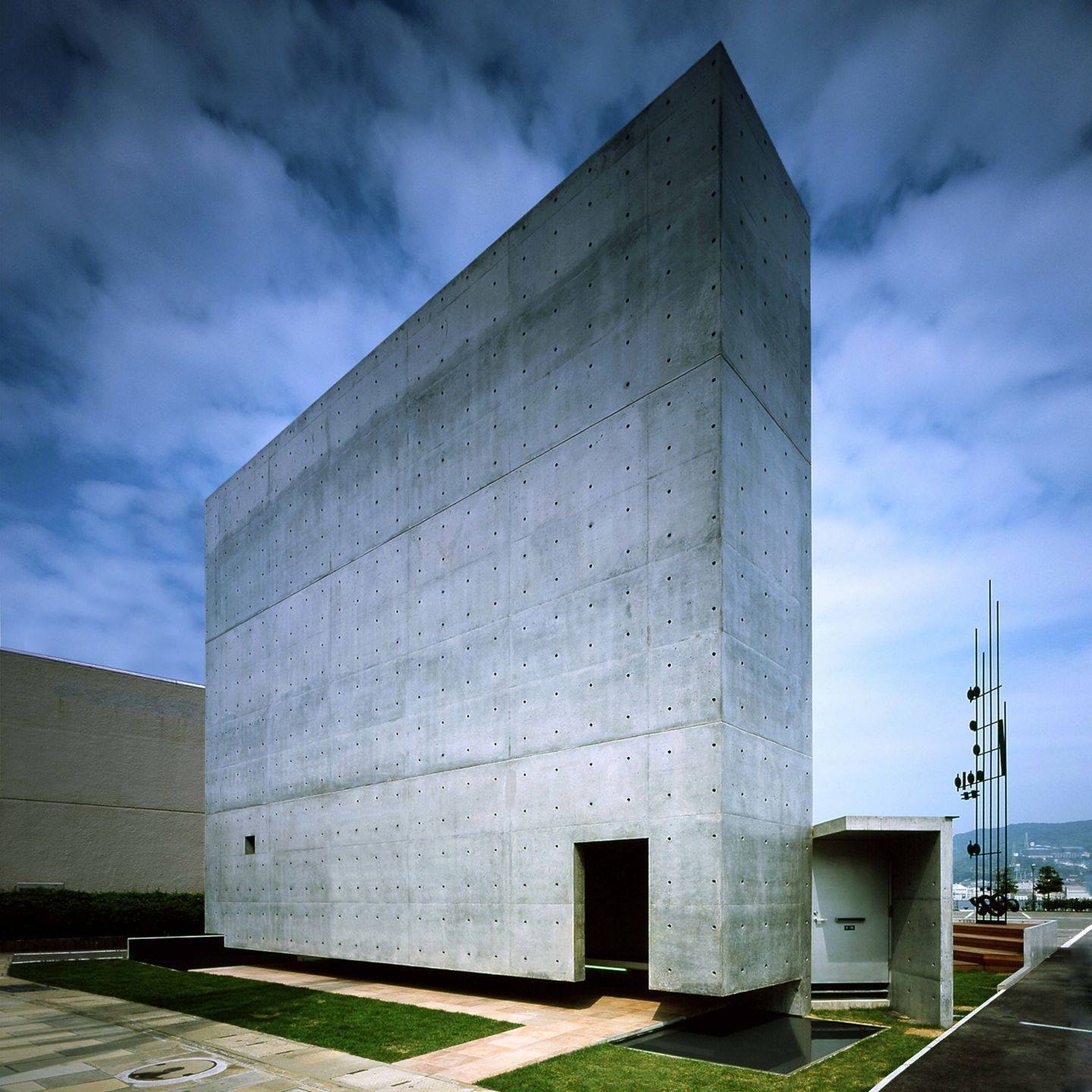The Nagasaki Peace Museum by Furuichi and Associates is a beautifully minimalist building intended to promote peace in the world.
The site is located on Nagasaki Bay near the epicentre of the atomic bomb blast. The front boundary is on a busy national highway. In World War II, Nagasaki was destroyed by an atomic bomb, as was Hiroshima. Following the war, the people of Nagasaki took up the mission to appeal for peace all over the world.
This museum is intended to memorialize the efforts of people to maintain and promote peace in the world and to give visitors an opportunity to spend time pondering peace.
In Japan, since the land area is not sufficient for architectural sites, it is extremely difficult to find a large space on site for the approach to a building. Therefore, the approach itself has to be in a zigzag style. Entering the gate, visitors are forced to walk along the zigzag approach, thus being led for a long distance.
This traditional zigzag style of approach in Japan is reflected in our design. Walking along the approach space, people are led into a world totally different from their daily lives and, all of a sudden, released to a triangular-shaped space.
By means of the delicate entry of natural light, which is controlled by floating concrete screens, the visitors are drawn through a zigzag approach into the interior space of the Peace Museum. Light operates as a transitional material.
Due to the reduced space of the building, the presence of water and the pleasant noise of its circulation are used as a relaxing mechanism to soften the transition from the city everydayness to the Peace Museum. This layer of water helps to cool the space during the hot summer time by means of evaporation.









